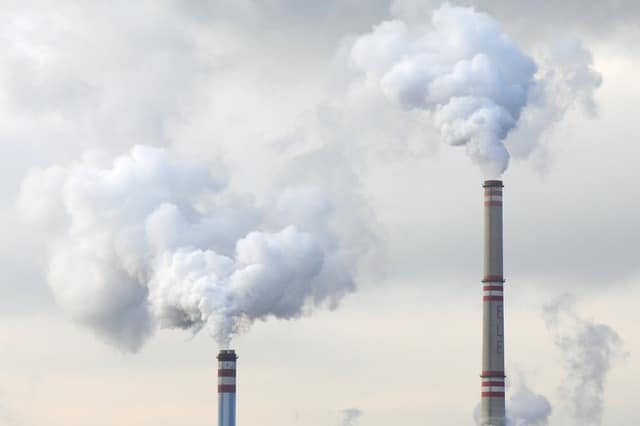Reuse, recycling and reduction: the pillars of sustainability and the circular economy
An incinerator is a waste disposal plant: hundreds exist in Italy and Europe, and some, like the one in Vienna for example, even represent the involuntary examples of modern landscape architecture, visionary cathedrals of a grandiose and implacable industrialized civilization.

Great but perhaps outdated. These impressive megaliths, in fact, recognizable even at a distance for their enormous spiers, however, are increasingly taking the path of the attic (evolutionarily speaking) and their journey up along the scale of obsolescence apparently will be further accelerated by the bellicose intentions “Green” of community rulers.
Please allow me to introduce a concept for those who are not yet familiar, which is sustainability: it is the “process of change in which the exploitation of resources, the investment plan, the orientation of technological development and institutional changes they are all in tune and value the current and future potential in order to cope with the needs and aspirations of man”. The previous quotation definition is treated in a pedestrian way by Wikipedia, which means that in doing so I have already fulfilled one of the three cornerstones of sustainable thinking, that of Reuse.
The other two, also based on nouns that begin in R, are Reduction and Recycling, listed strictly in order of preference as to the recycling has been pointed, more or less realistically, sinister accusations of low yield, excessive cost s and even a tendency to encourage consumer behavior among the population.
However, the idea of increasingly striving for sustainability is liked, so much so that the European Parliament’s Regional Development Committee has just launched a circular in which it is proposed to cut subsidies to all waste management methods considered. little “sustainable”, such as the aforementioned incinerators; in this way economic efforts can be redirected towards more uniform applications to circular economy needs.
Zero Waste Europe is a project that deals with “guiding people to emulate cycles of natural sustainability, where every waste material can turn into a resource to be used by others”; in concrete terms, this is an agency at the continental level that proposes itself as a network of a series of local organizations that promote the development of models of sustainable industrial structures.
Janek Vahk is the coordinator of Zero Waste Europe’s Development Policies, and welcomed with great satisfaction the contents of the circular: “It is an important step forward towards a more efficient use of resources – he commented – that in addition to the advantages for the environment will also mean substantial savings in both business and consumer terms”.
Zero Waste Europe invites the plenary of the European Parliament to confirm the exclusion of waste disposal and incineration practices from the scope of the Cohesion Fund and to strengthen the proposal by removing unjustified exemptions.
The attention of the European administration towards initiatives that proceed in the direction of the circular economy is evidenced by the constant support given through funding for projects with a strong “green” design such as the LIFE-SAVE project.
